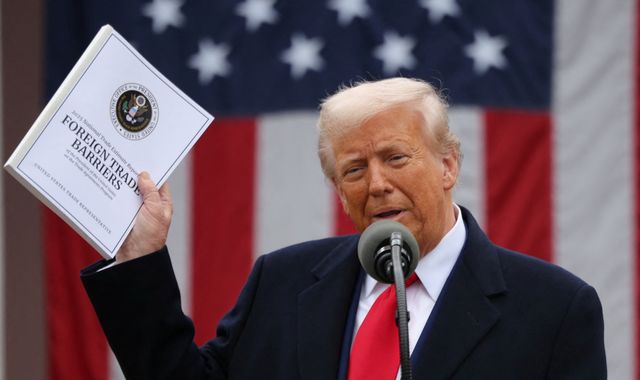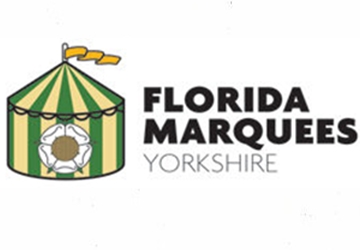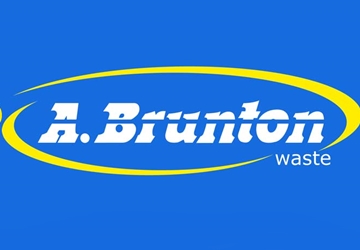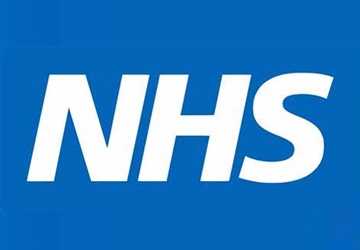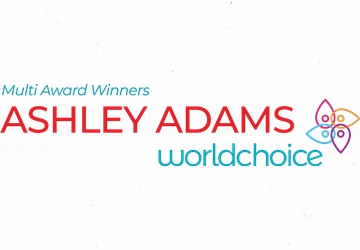On that list he detailed the rate the US believes it is being charged by each country, along with its response: A reciprocal tariff at half that rate.
So, take China for example. Donald Trump said his team had run the numbers and the world’s second-largest economy was implementing an effective tariff of 67% on US imports. The US is responding with 34%.
Trump latest: UK considers tariff retaliation
How did he come up with that 67%? This is where things get a bit murky. The US claims it studied its trading relationship with individual countries, examining non-tariff barriers as well as tariff barriers. That includes, for example, regulations that make it difficult for US exporters.
However, the actual methodology appears to be far cruder. Instead of responding to individual countries’ trade barriers, Trump is attacking those enjoying large trade surpluses with the US.
A formula released by the US trade representative laid this bare. It took the US’s trade deficit in goods with each country and divided that by US exports to that country. That figure was then divided by two.
So, in the case of China, which has a trade surplus of $295bn on total US exports of $438bn, that gives a ratio of 68%. The US divided that by two, giving a reciprocal tariff of 34%.
This is a blunt measure which targets big importers to the US, irrespective of the trade barriers they have erected. This is all part of Donald Trump’s efforts to shrink the country’s deficit – although it’s US consumers who will end up paying the price.
But what about the small number of countries where the US has a trade surplus? Shouldn’t they actually be benefiting from all of this?
Read more:
Trump tariff saga far from over
‘Liberation Day’ explained
What Sky correspondents make of Trump’s tariffs
That includes the UK, with whom the US has a surplus (by its own calculations) of $12bn. By its own reciprocal tariff formula, the UK should be benefitting from a “negative tariff” of 9%.
Instead, it has been hit by a 10% baseline tariff. Number 10 may be breathing a sigh of relief – the US could, after all, have gone after us for our 20% VAT rate on imports, which it takes issue with – but, by Trump’s own measure, we haven’t got off as lightly as we should have.

